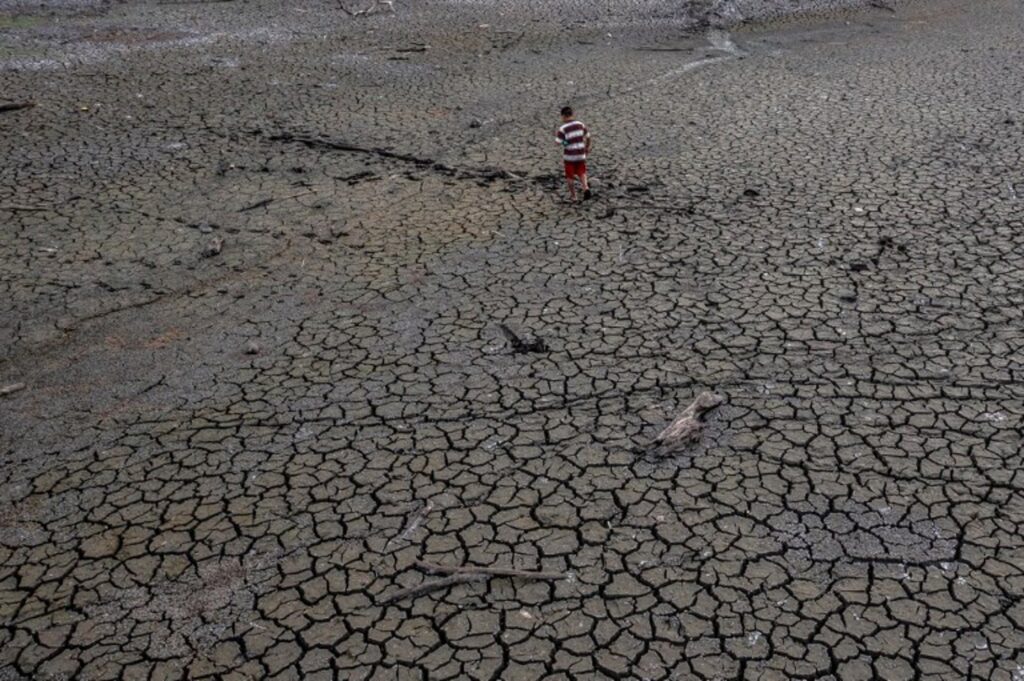The El Niño weather phenomenon has a high probability of forming this year and could push temperatures to new record highs, the United Nations warned on Wednesday.
The World Meteorological Organization (WMO) estimates that there is a 60% chance that El Niño will develop by the end of July and an 80% chance by the end of September.
The development of El Niño will most likely lead to a further spike in global warming and increase the chances of record-breaking temperatures, WMO chief Petteri Taalas warned in a statement. The past eight years have been the warmest on record.
El Niño's impact is likely to be felt most in 2024
El Niño is usually associated with rising temperatures, increased drought in some parts of the world and heavy rainfall in others. It last occurred in 2018-2019 and gave way to a particularly long La Nina episode, which causes the opposite effects, including lower temperatures.
El Niño occurs on average every two to seven years and usually lasts nine to 12 months. It is most often associated with warmer ocean surface temperatures in the central and eastern tropical Pacific Ocean.
The year 2016 was “the warmest year on record due to the ‘dual effect’ of a very strong El Niño and warming caused by greenhouse gases linked to human activity,” according to the WMO.
More extreme climate events possible
The effects of an El Niño on temperatures are generally felt in the year following its emergence. Its impact is therefore likely to be felt most in 2024, the WMO points out.
This “could bring respite from drought in the Horn of Africa and other La Niña-related impacts, but could also trigger more extreme weather and climate events,” the WMO chief said. He stressed the need for early warning systems, one of the organisation’s priorities to protect populations most at risk.
El Niño generally causes increased rainfall in parts of southern South America, the southern United States, the Horn of Africa and Central Asia, while it can cause severe droughts in Australia, Indonesia and parts of South Asia.

